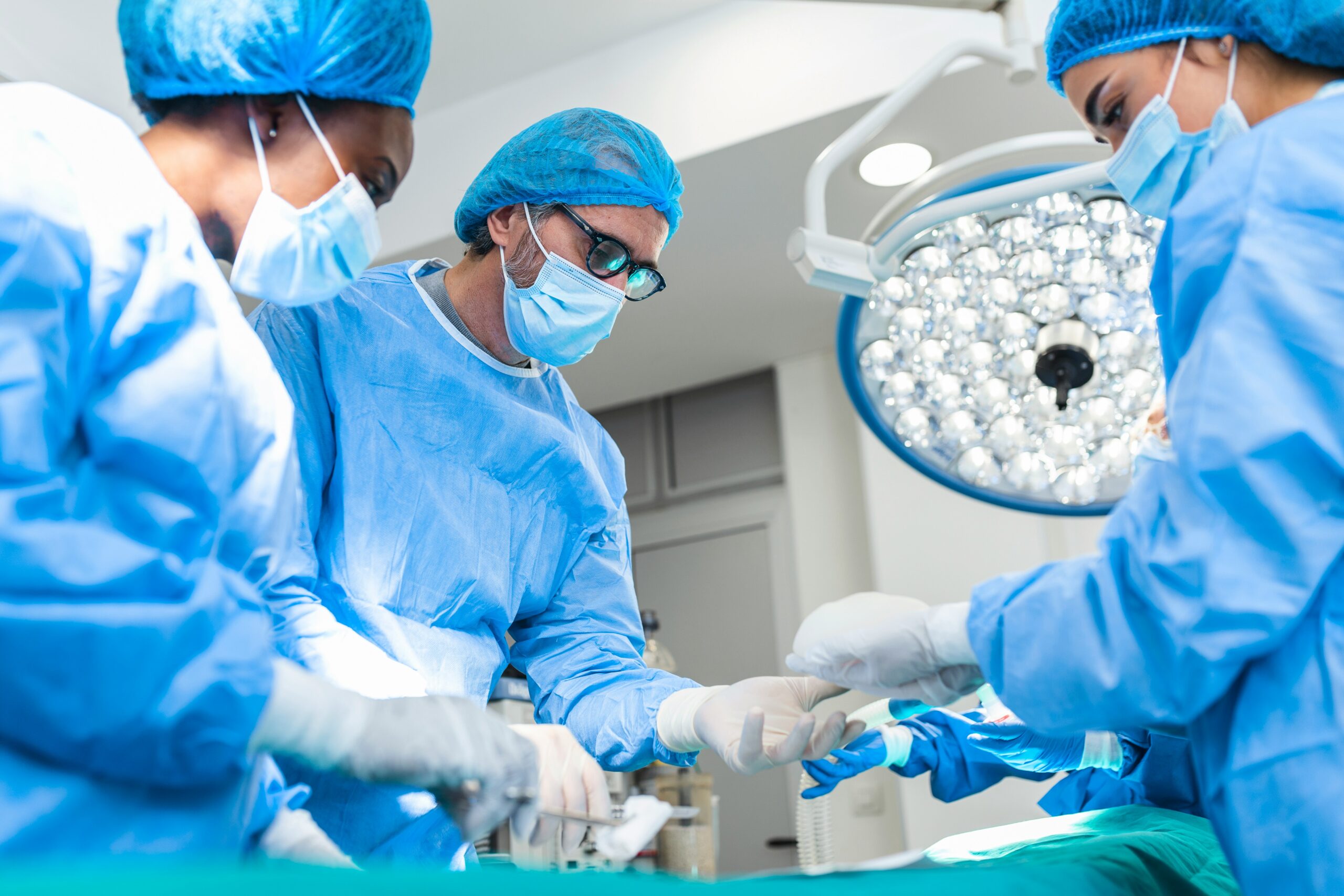
Orthopedic surgery has always been about restoring movement and easing pain, but recent breakthroughs are transforming the way patients recover from injuries and degenerative conditions. With the help of advanced technology, minimally invasive procedures, and innovative treatment approaches, orthopedic care is entering a new era where healing is faster, safer, and more effective. These advancements are giving patients not just relief, but a renewed sense of independence and quality of life.
A Shift Toward Minimally Invasive Surgery
Traditional orthopedic surgery often involved large incisions, lengthy recovery times, and significant post-operative pain. Today, minimally invasive techniques are changing that narrative. Surgeons now use smaller incisions and specialized instruments, which reduces tissue damage and accelerates healing. Patients benefit from shorter hospital stays, less scarring, and a quicker return to normal activities.
Arthroscopy is one of the best examples of this shift. Through tiny incisions, surgeons can insert a small camera and micro-tools to repair joints, remove damaged tissue, or correct alignment issues. What once required major surgery can now be performed with minimal disruption, leading to a much smoother recovery process.
Robotics and Precision in the Operating Room
Another breakthrough shaping modern orthopedic surgery is the use of robotic-assisted systems. Robots are not replacing surgeons, but they are enhancing their ability to perform procedures with unparalleled precision. These systems create detailed, real-time maps of a patient’s anatomy, allowing for highly accurate placement of implants and customized surgical plans.
Knee and hip replacements, for example, have become more reliable and durable thanks to robotics. By aligning implants with exceptional accuracy, robotic-assisted surgeries reduce the risk of complications and improve long-term outcomes. Patients often report more natural movement and greater comfort after recovery, which speaks to the potential of these advanced technologies.
The Rise of Regenerative Medicine
Orthopedics is also experiencing a shift toward treatments that harness the body’s natural ability to heal. Regenerative medicine, including stem cell therapy and platelet-rich plasma (PRP) injections, is giving patients options beyond surgery. These therapies use the body’s own cells and growth factors to repair damaged tissues, reduce inflammation, and promote faster recovery.
For patients with early-stage arthritis or sports-related injuries, regenerative approaches can delay or even prevent the need for surgery. While research is ongoing, early results are promising, and many specialists believe regenerative medicine will become a cornerstone of orthopedic care in the years ahead.
3D Printing and Custom Implants
Customization is another area where breakthroughs are creating powerful change. 3D printing is now being used to create patient-specific implants and surgical tools. Every individual’s anatomy is unique, and personalized implants provide a better fit and function compared to standardized options.
For complex cases such as severe bone deformities or revision surgeries, 3D-printed implants offer a tailored solution that improves surgical accuracy and patient outcomes. In addition, 3D printing allows surgeons to plan procedures more effectively by creating exact models of a patient’s bones or joints before entering the operating room.
Faster Recovery Through Enhanced Rehabilitation
Surgery is only one step in the healing process, and orthopedic teams are placing more emphasis on rehabilitation and recovery. Advances in physical therapy techniques, wearable technology, and digital health monitoring are making post-surgical care more effective than ever.
Patients can now track their progress through mobile apps or wearable sensors that record movement, strength, and range of motion. This data allows therapists and surgeons to adjust treatment plans in real time, ensuring patients stay on track toward recovery. Faster rehabilitation not only improves physical outcomes but also helps patients regain confidence in their mobility.
Addressing Sports Injuries with Modern Techniques
Athletes, both professional and recreational, often face injuries that can jeopardize their careers or hobbies. Orthopedic breakthroughs are now offering new hope in sports medicine. From ligament reconstruction techniques that preserve more of the natural tissue to biologic therapies that speed up healing, the focus is on getting athletes back to peak performance safely.
Advanced imaging techniques also allow doctors to diagnose injuries earlier and more accurately, which reduces the risk of long-term damage. Combined with minimally invasive surgical techniques, athletes today are recovering faster and performing better after injuries than in previous generations.
Looking Ahead: The Future of Orthopedics
The future of orthopedic surgery promises even more exciting developments. Artificial intelligence is expected to play a growing role in surgical planning, predicting complications, and personalizing treatments. Combined with robotics, AI could take precision and efficiency in orthopedic care to new levels.
Moreover, ongoing research in regenerative medicine may one day make joint replacements less necessary. Instead of replacing damaged tissue, the focus will shift to repairing and regenerating it. This could mean a future where patients keep their natural joints healthy for much longer, significantly changing how we approach chronic conditions like arthritis.
A New Era of Healing
Orthopedic surgery is no longer just about fixing bones and joints—it is about restoring lives. Breakthroughs in minimally invasive techniques, robotics, regenerative medicine treatments, and customized treatments are pushing the boundaries of what is possible. Patients are experiencing shorter recoveries, better outcomes, and more personalized care than ever before.
The healing edge in orthopedic surgery is not just in the technology, but in the way it empowers people to live without limitations. As research and innovation continue, the promise of pain-free movement and lasting mobility is becoming a reality for millions worldwide.